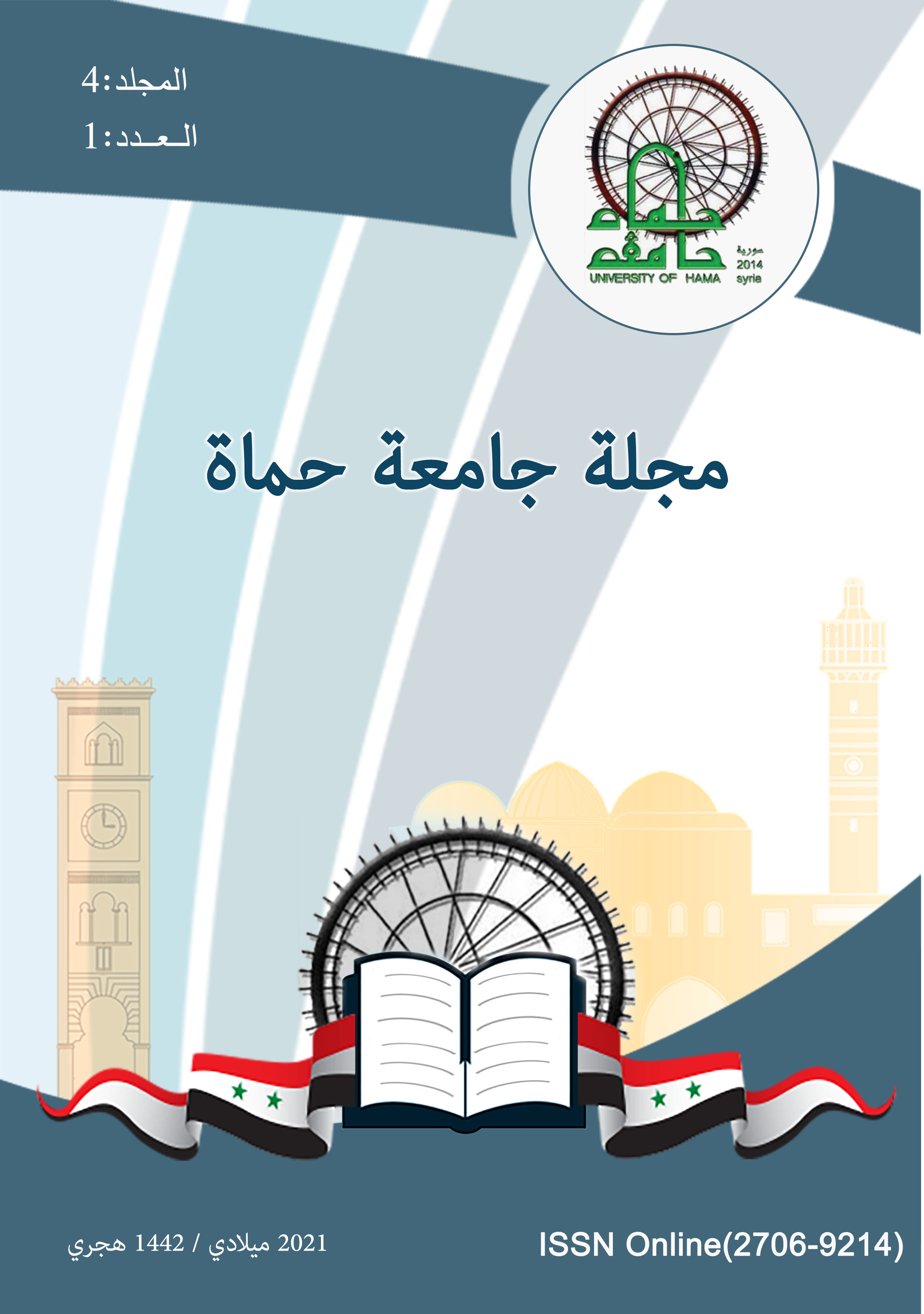Evaluation of The Efficacy of Diode Laser on Deboning Metallic Brackets and Its Effects on Pulpal Temperature: an ex vivo study
الملخص
Deboning of metal brackets by conventional methods produces forces that are high enough to cause enamel scratches, fracture, and patient’s discomfort. The aim of this study was to assess the effectiveness of Diode laser in debonding metallic orthodontic brackets compared to conventional debonding method.
Metallic orthodontic brackets were bonded on the buccal surface of sixty intact extracted human premolars teeth which were divided into three groups: (1) control group; conventional bracket debonding (using debonding plier), (2) test group (1): Diode laser (2.5W, 980nm) were used for laser debonding. (3) test group (2): Diode laser (5W, 980nm) were used for laser debonding. The laser was applied for 5 seconds with sweeping movement.
After debonding, the increase in intrapulpal temperature was measured.
the increases in intrapulpal temperature were 2.37°c, 3.60°c in the second and third groups respectively, and these values were significantly below the benchmark of 5.5°c for all the specimens.
Laser-assisted debonding of metallic brackets could reduce the risk of enamel damage, without causing thermal damage to the pulp.


